the rise of intelligent integrated electric actuators: revolutionizing automation and control systems
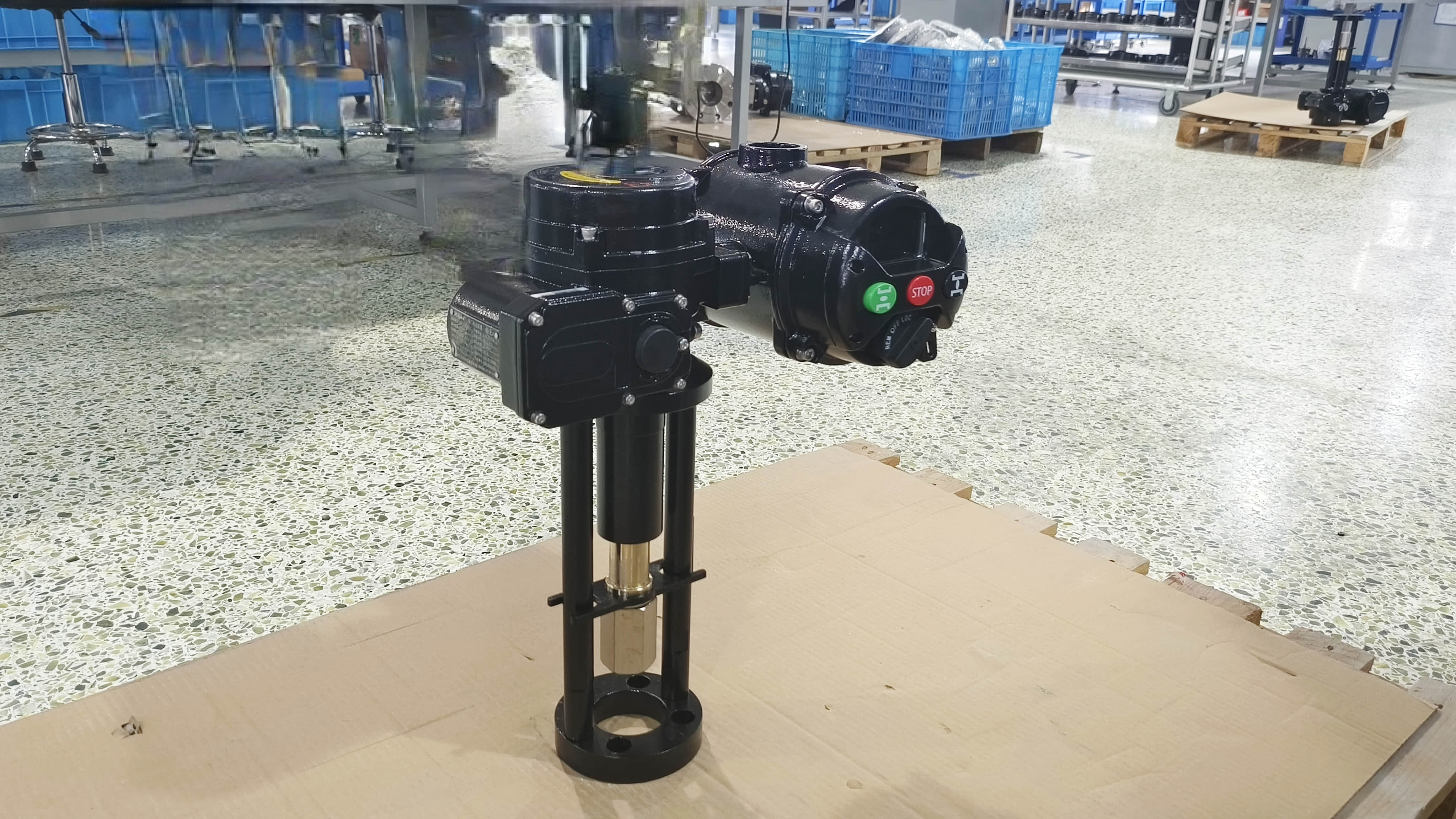
Key Features and Advantages

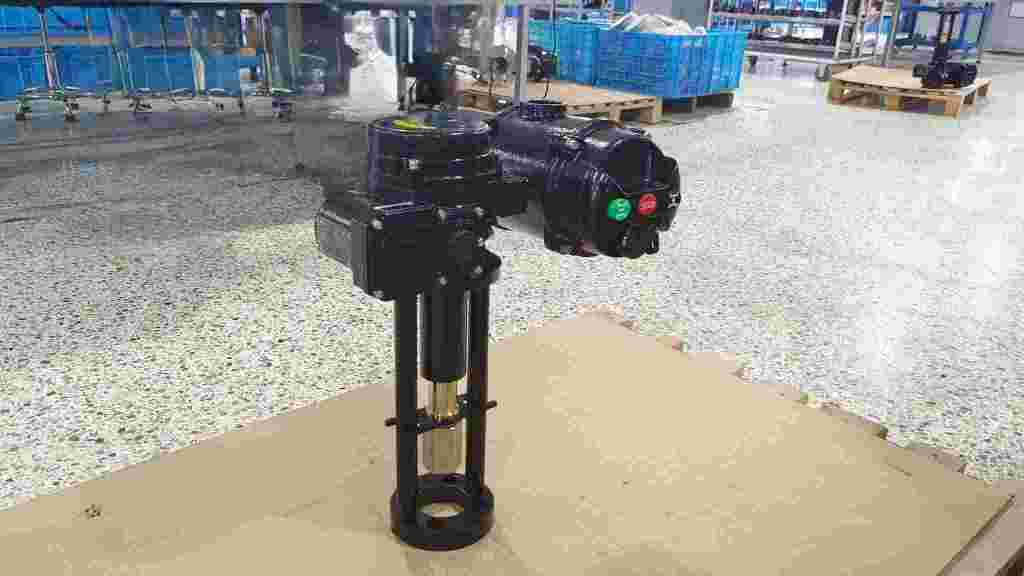
Compact and Space-Efficient Design: One of the most significant benefits of the IIEA is its compact size. By integrating multiple components, including sensors, actuators, and controllers, into a single unit, it reduces the need for additional space and wiring. This is especially valuable in industries where space is limited, such as robotics and aerospace.
Improved Precision and Control:The intelligent control systems embedded in these actuators enable real-time adjustments based on the feedback from internal sensors. This allows the actuator to provide highly precise and smooth movements, which is critical for applications requiring delicate or complex control, such as in manufacturing processes, medical equipment, and robotics.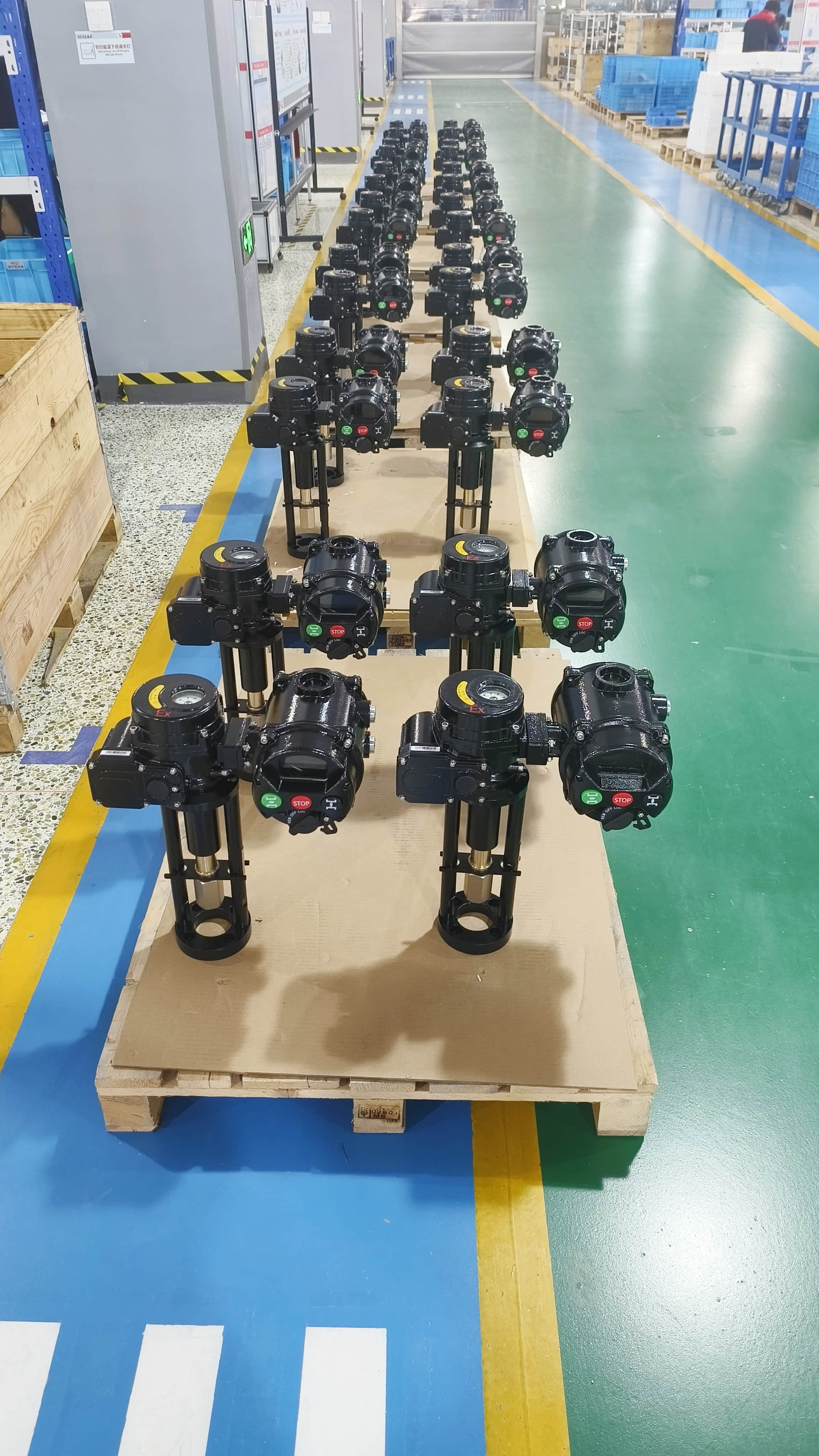
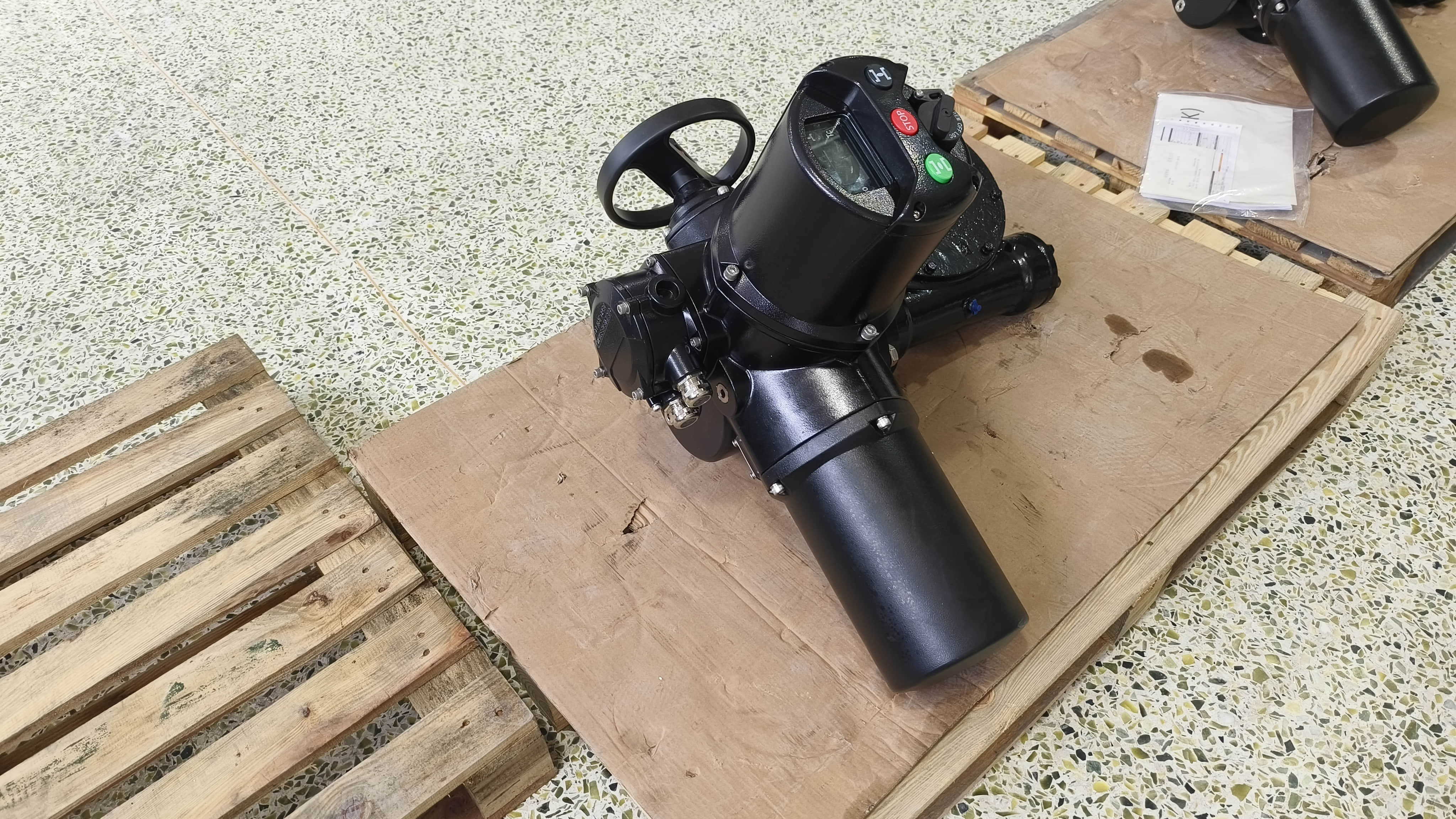
In recent years, the demand for automation and precision in various industries has prompted the development of advanced technologies that optimize operational efficiency. Among these innovations, the Intelligent Integrated Electric Actuator (IIEA) stands out as a pivotal component that is transforming industrial systems. This technology combines electric actuation, intelligence, and integration into a compact and highly efficient device, offering significant benefits to industries ranging from manufacturing to robotics, aerospace, and beyond.
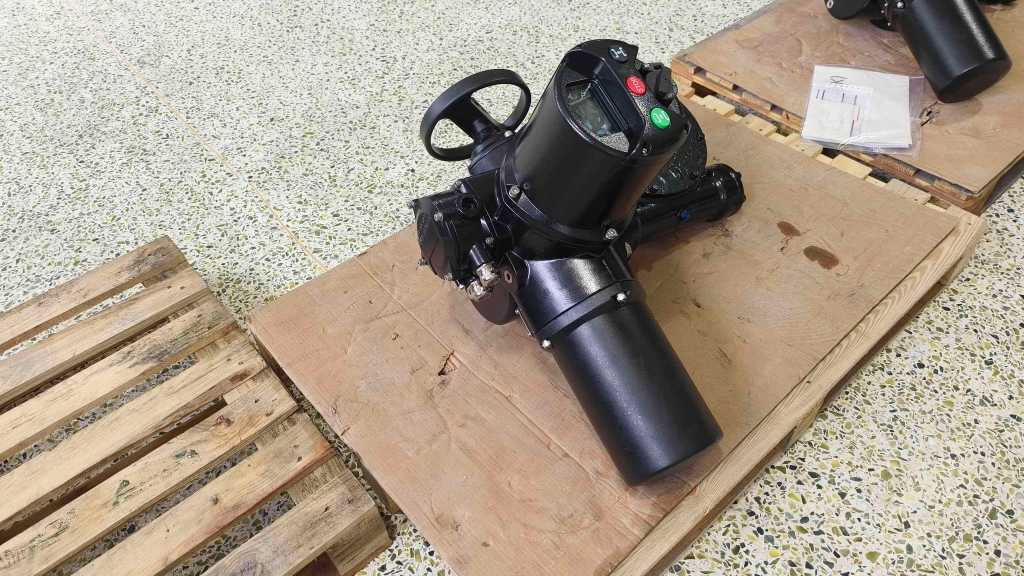
What is an Intelligent Integrated Electric Actuator?
An Intelligent Integrated Electric Actuator (IIEA) is a sophisticated mechanical device that converts electrical energy into precise mechanical motion while incorporating intelligence to improve its operation and adaptability. Unlike traditional electric actuators, which generally consist of a motor, gearbox, and control unit, an IIEA integrates these components into a single, compact unit. The result is a more efficient, versatile, and easier-to-install actuator that delivers better performance in automation systems.
At its core, an IIEA typically includes a high-precision electric motor, a mechanical transmission system (such as gears), built-in sensors for feedback, and a smart control system. The intelligence embedded in the actuator allows it to monitor and adjust its performance in real time, ensuring greater accuracy and reliability. This integrated design reduces the need for external components, thus streamlining the system and minimizing space requirements.
